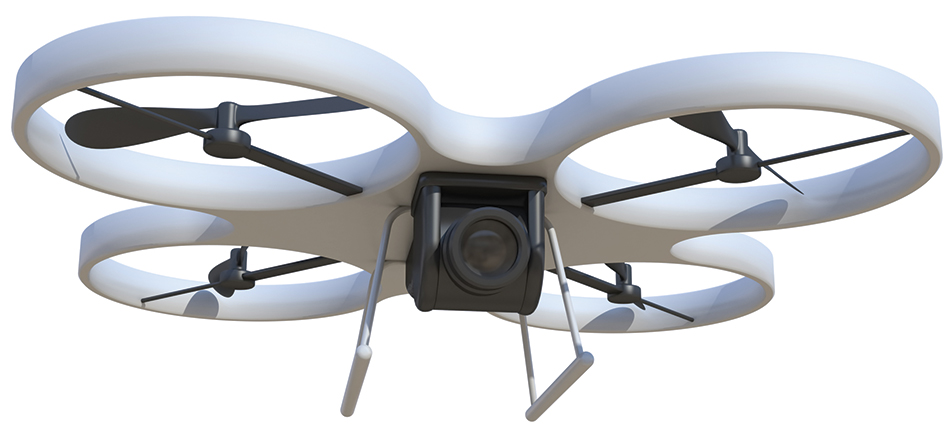Among patients who undergo a PCI procedure with femoral access, the risk of a vascular complication may be higher with the Mynx vascular closure device compared with other vascular closure devices, according to a study published in the New England Journal of Medicine. Read More >>>
The study, led by Frederic S. Resnic, MD, FACC, was designed to assess the postmarketing safety of the Mynx device, and looked at data from 73,124 patients enrolled in ACC’s CathPCI Registry who received the device between Jan. 1, 2011 and Sept. 30, 2013.
Results showed that the Mynx device was associated with a “significantly greater risk” of the primary outcome of any vascular complication – a composite of access-site bleeding, access-site hematoma, retroperitoneal bleeding, or any vascular complication requiring intervention – compared with other devices (absolute risk, 1.2 percent vs. 0.8 percent; relative risk, 1.59; 95 percent confidence interval, 1.42 to 1.78; p < 0.001). There was also a “significantly greater risk” of the secondary safety endpoints: access-site bleeding requiring treatment and postprocedural blood transfusion. However, the authors note that the absolute risk differences were small.
The authors add that alerts for the Mynx device were “triggered early, persisted throughout the duration of surveillance, and were present in all subgroups of patients.” In addition, “the primary results were confirmed in an independent, more contemporary cohort of patients.”
In an editorial, Jon Resar, MD, FACC, and Myron L. Weisfeldt, MD, FACC, explain that there may be mitigating factors associated with the use of the Mynx device. “There may have been selective use of this device for arteries that pose a subjectively greater challenge for closure without complications...,” they note. Further, there is a learning curve for using these devices.
They conclude that the study “highlights the value of professional society registries for post-marketing evaluation of device performance in clinical practice and emphasizes the need for the establishment of a National Evaluation System for Health Technology.”
Resnic FS, Majithia A, Marinac-Dabic D, et al. N Engl J Med 2017;376:526-34.
<<< Return to top




